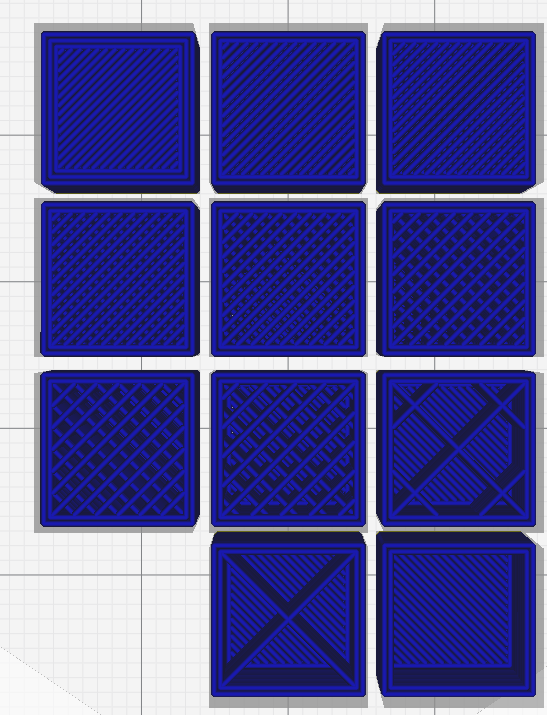what is infill in 3D printing?
The infill density defines the amount of plastic used on the inside of the print. A higher infill density means that there is more plastic on the inside of your print, leading to a stronger object. An infill density of around 30% is used for models with a visual purpose, higher densities can be used for end-use parts.
Infill density is the “fullness” of the inside of a part. In slicers, this is usually defined as a percentage between 0 and 100, with 0% making a part hollow and 100%, completely solid. As you can imagine, this greatly impacts a part’s weight: The fuller the interior of a part, the heavier it is.

100% 90% 80%
70% 60% 50%
40% 30% 20%
10% 0%
Besides weight, print time, material consumption, and buoyancy are also impacted by infill density. So, too, is strength, albeit in combination with many other elements such as material, infill pattern, shell thickness and layer height.
